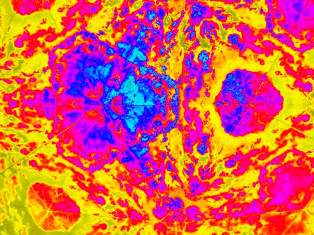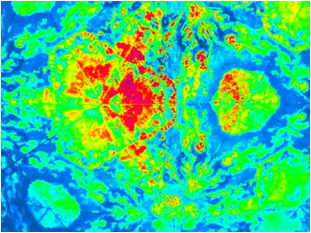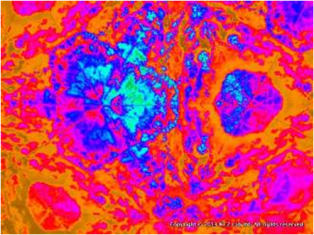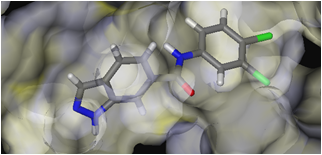New design - greater potential in drug discovery process
NTZ Lab is specialized in early stage drug discovery of small tractable molecules that have the potential to act on one or more therapeutic target relating to CNS disorders such as Parkinson´s disease, Alzheimer´s disease, dementia, and depression. The company has adapted its research & development process that address the needs and challenges in CNS drug design and discovery.
Based on our experiences in lead generation & optimization, synthetic methods development, physchem-based, and in silico drug design of small molecules, we offer innovative solutions to enhance your drug discovery process.
Recently, NTZ Lab has started a new research program focused on the identification and evaluation of virtually screened leads with anti-tuberculosis, antibacterial, antihistaminic activity as well as for the unmet needs in oncology.
CNS Research
Our research program involves projects aiming to investigate the therapeutic potential of monoamine oxidase inhibitors (MAO) of both MAO-A and MAO-B isoforms. A number of selective MAO-B such as NTZ-1010, NTZ-1034 (formally PSB-1434), NTZ-1006 and dual acting MAO-A/B inhibitors (NTZ-1092) have been developed. We also are able to provide series of novel MAO-B radioligand prototypes with improved physicochemical properties. The promising lead compound NTZ-1091 has been investigated in advanced studies. Series of new therapeutic candidates and radioligand prototypes have been identified and evaluated through rational drug design.
For more information about our research program and partnerships in the CNS research space, please click on the contact link and fill out the contact form.
Multi-target Concept
Taking into account the major challenges in the therapy of CNS diseases, our research activities are focused on the discovery of small molecules acting on more than one therapeutic target relevant to CNS disorders.
Features of multi-target CNS acting drugs:
- Synergistic or additive therapeutic effects
- Single LADME profile
- May have reduced risk for toxicity
- Prevention of drug-drug-interactions
- Single target drugs may have insufficient efficacy and safety
In silico Drug Design
We perform rational approaches to structure-activity relationship (SAR) analysis and drug design. They utilize in silico ligand- and structure-based methods varying from classical and 3D QSAR analysis up to complex-based pharmacophore modelling and docking.




